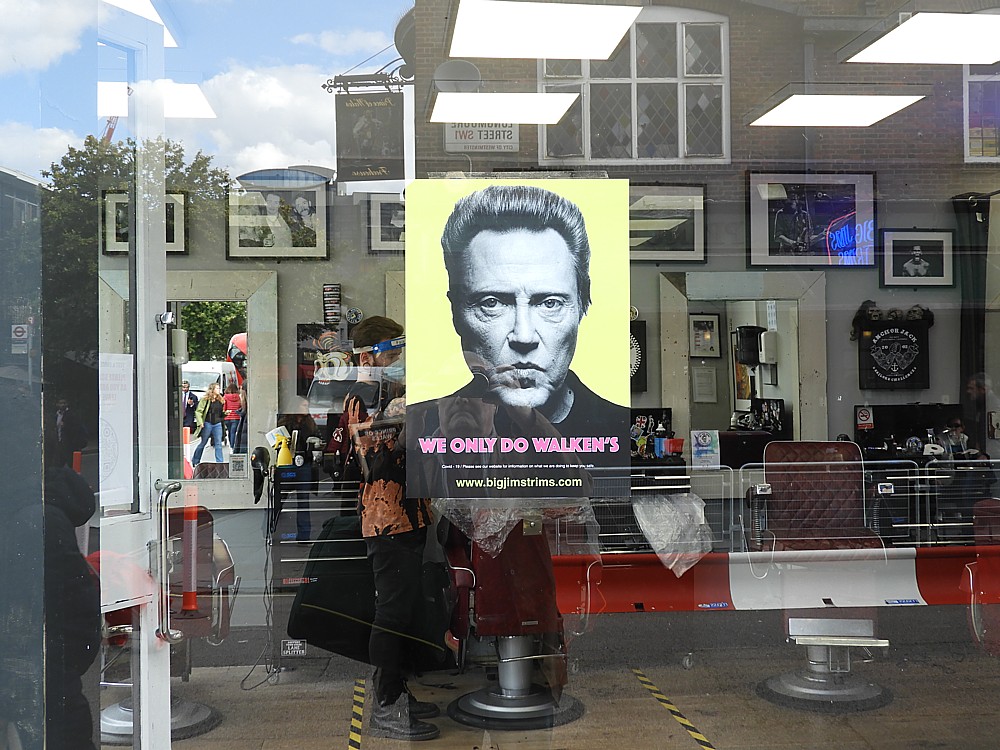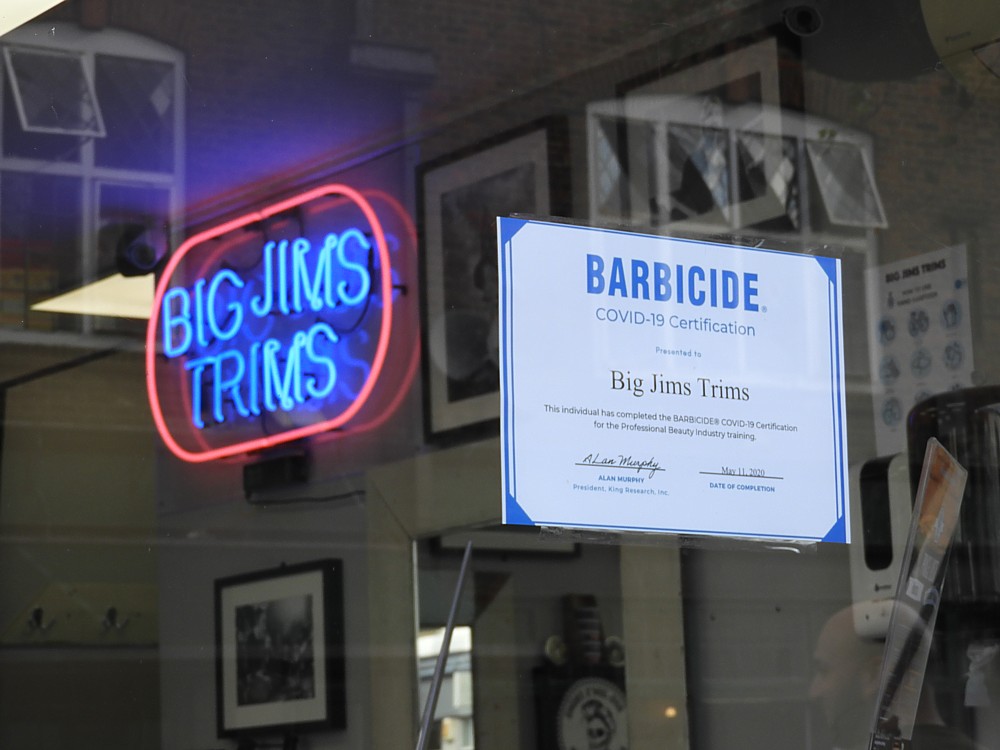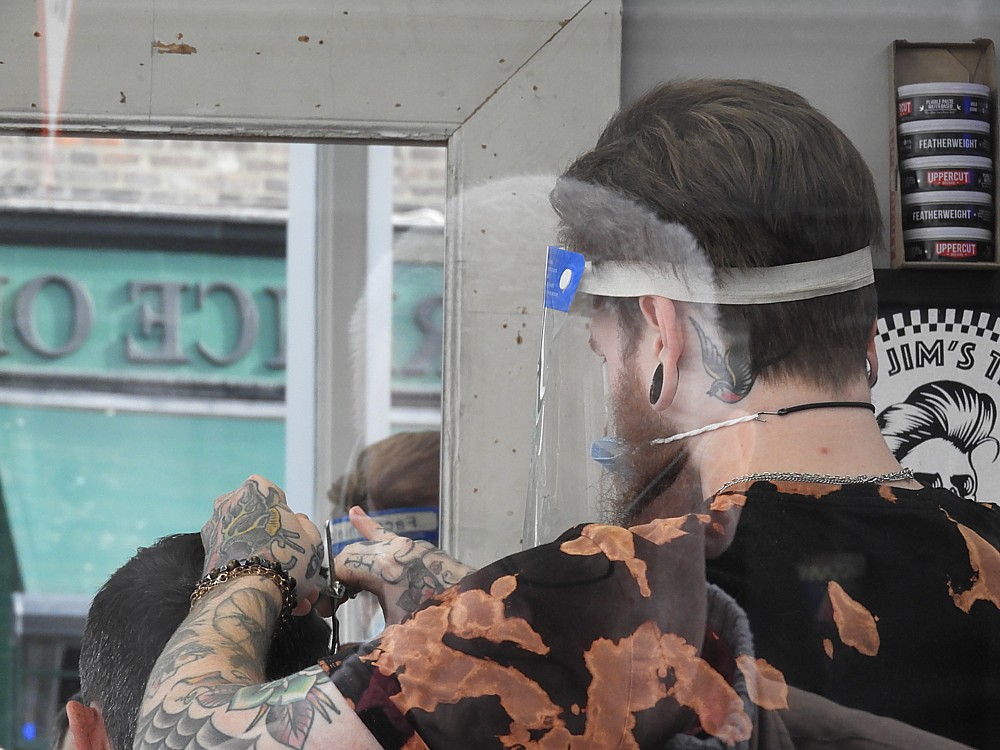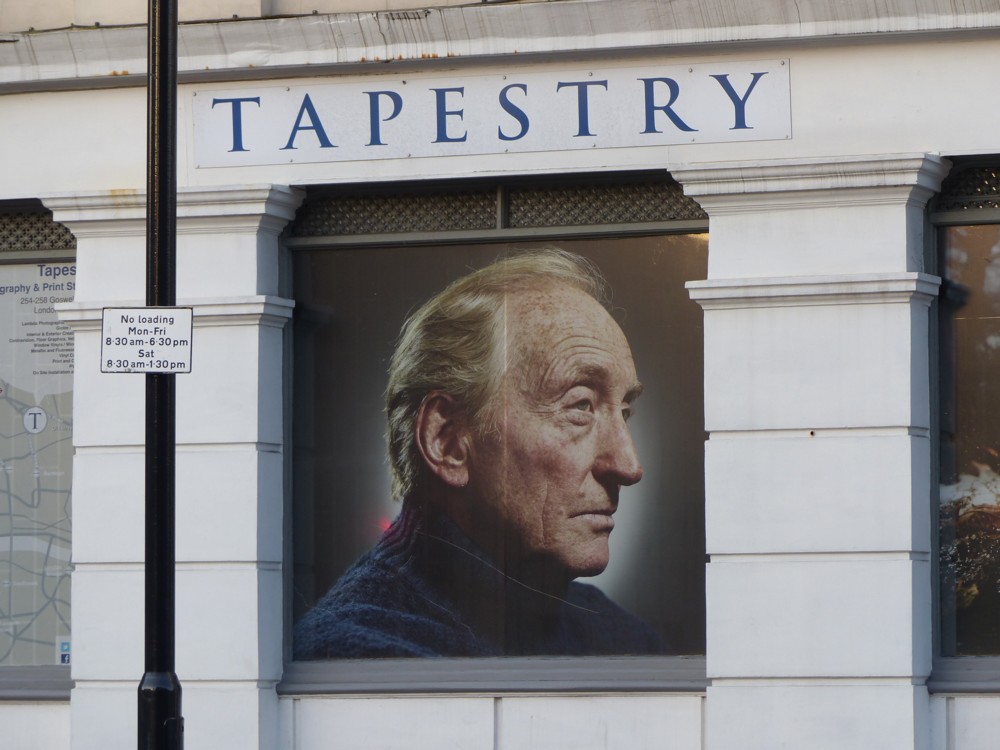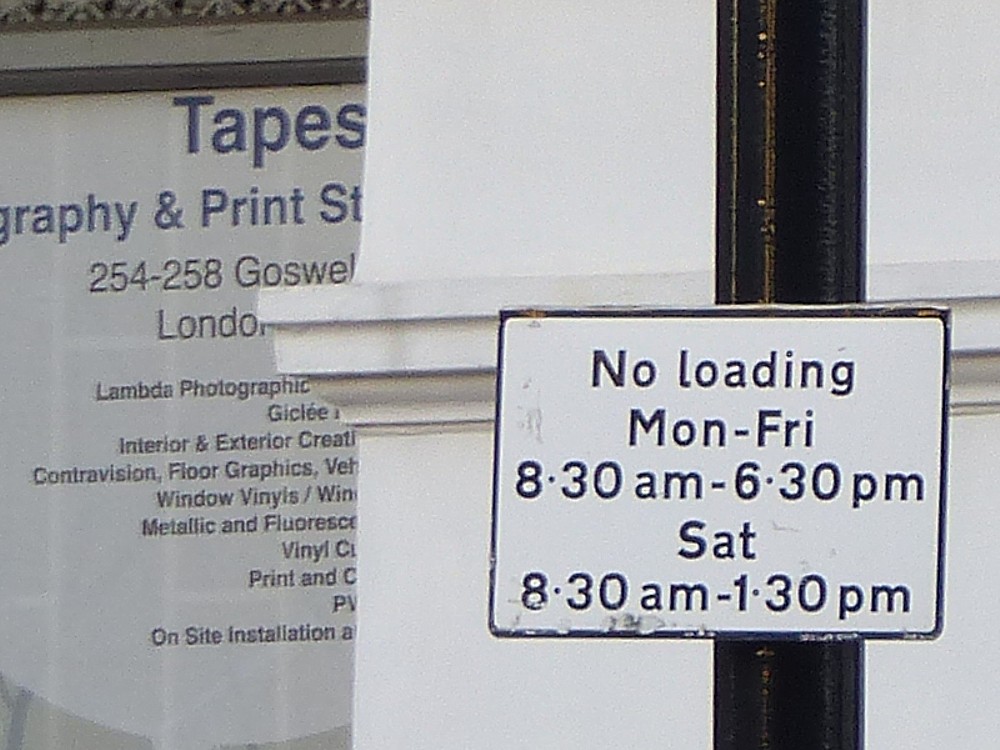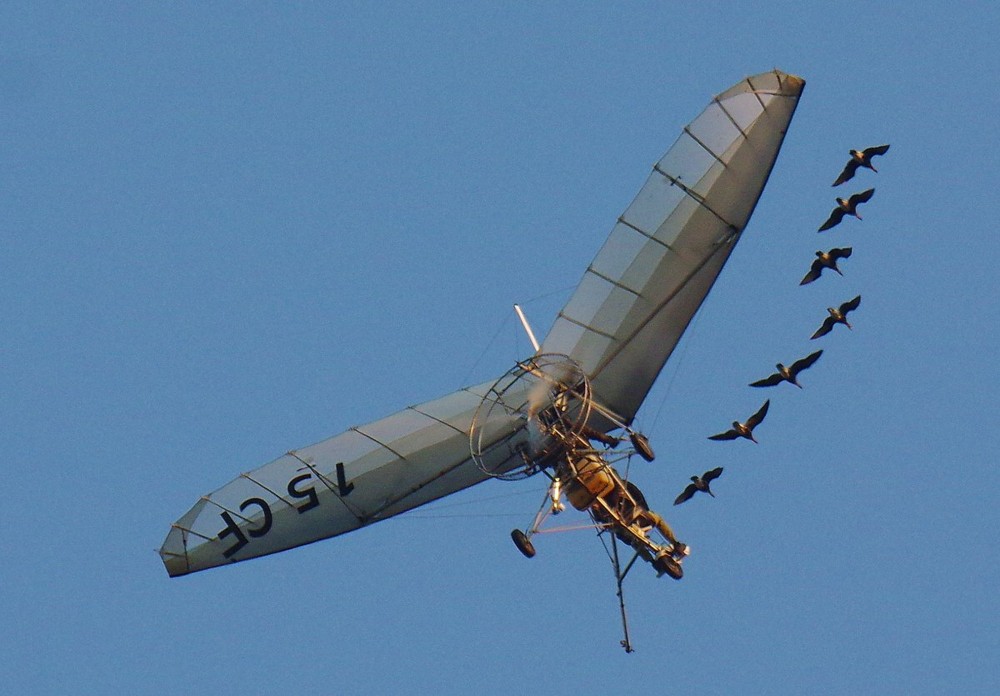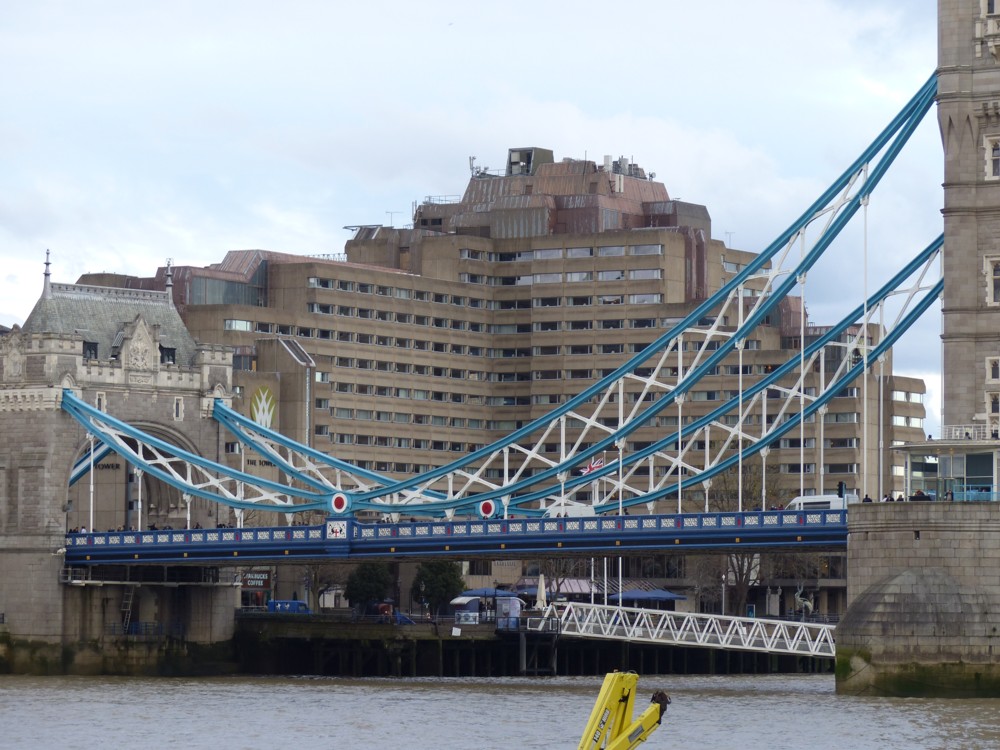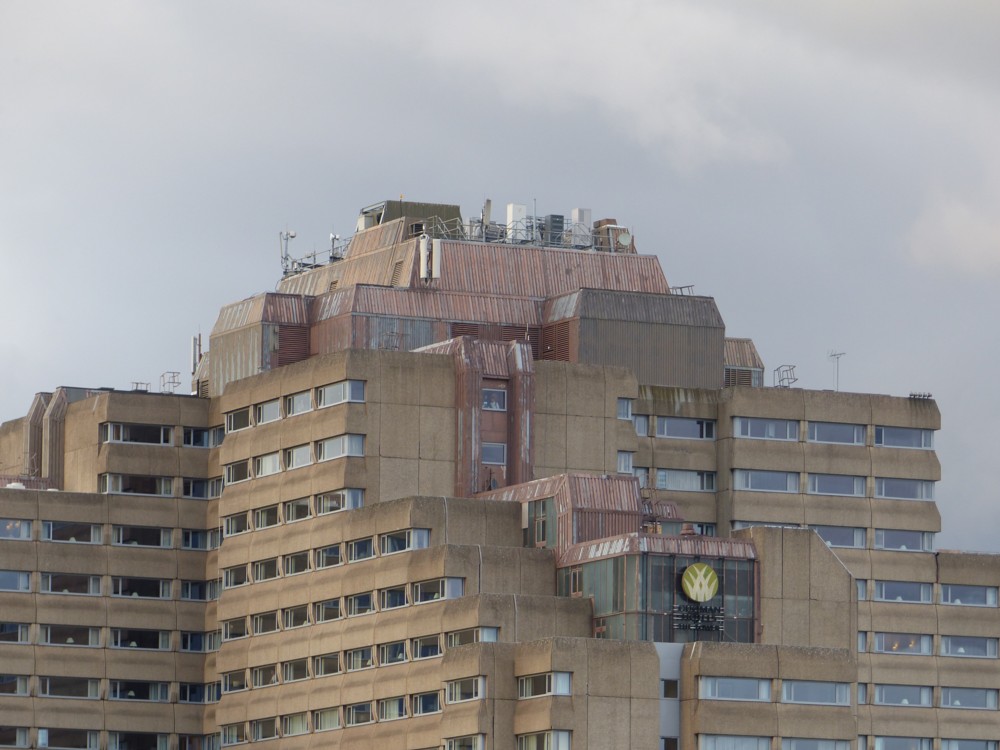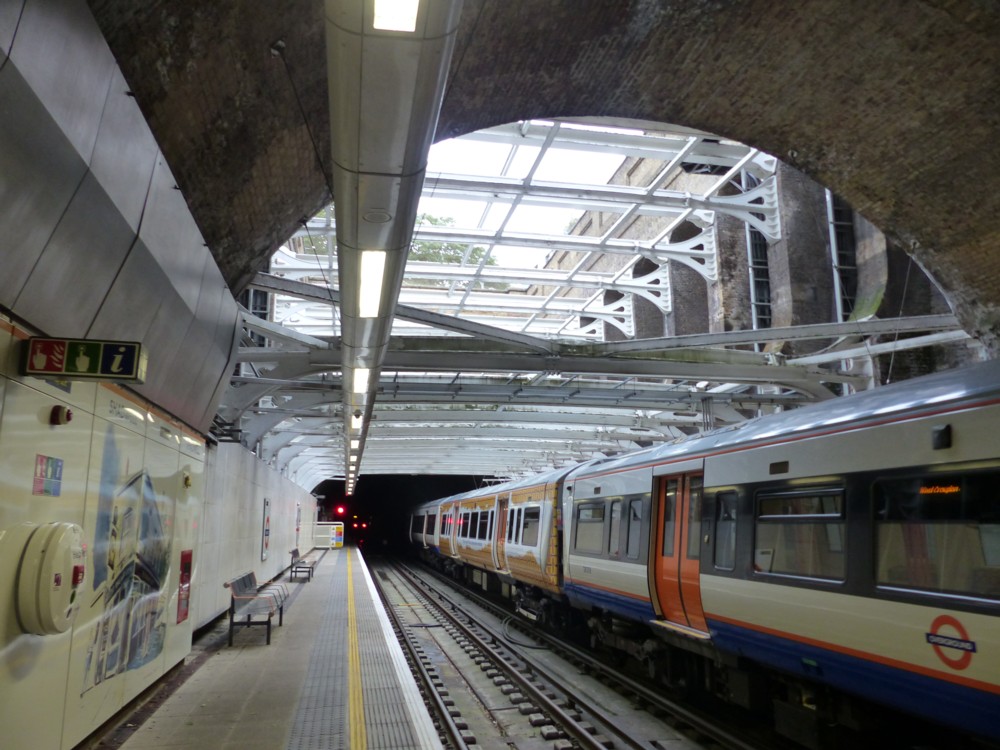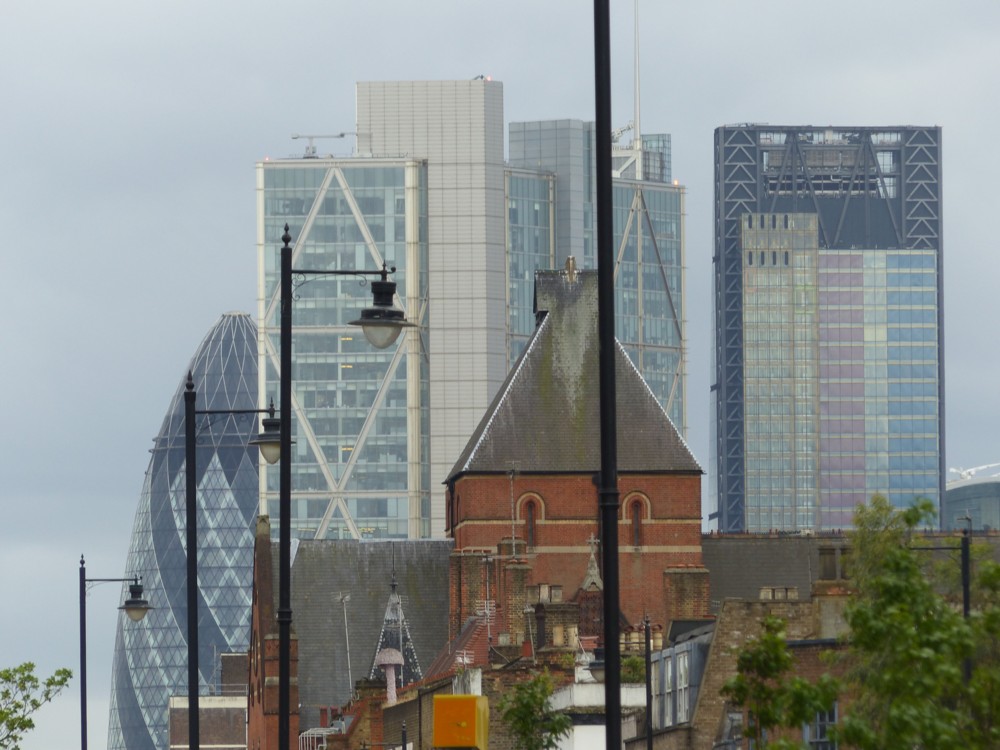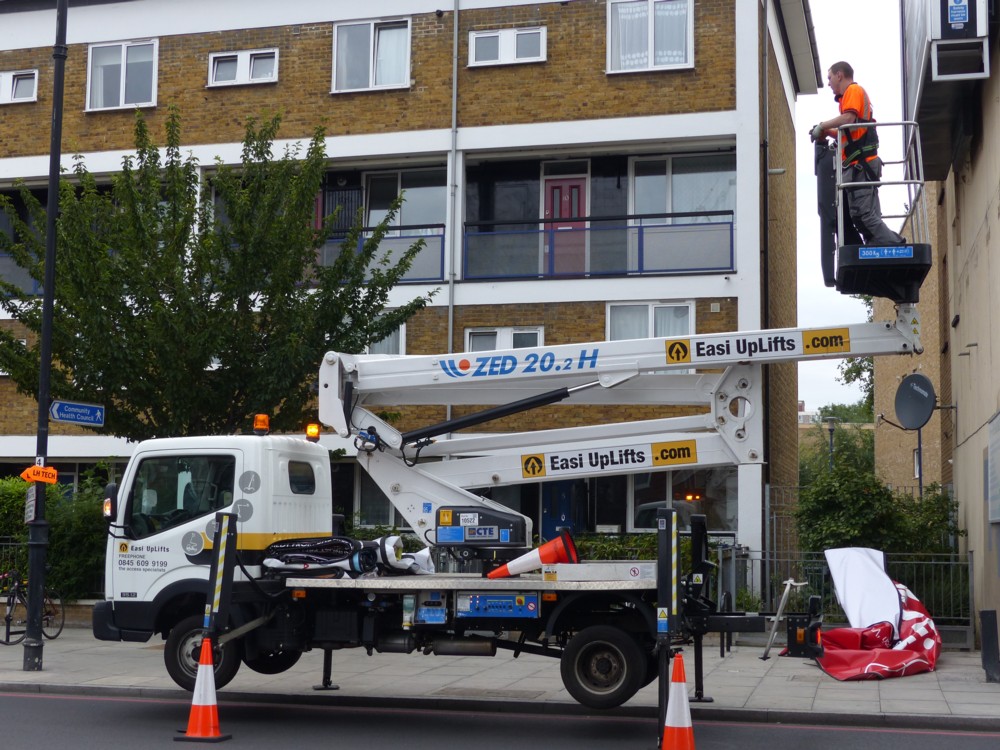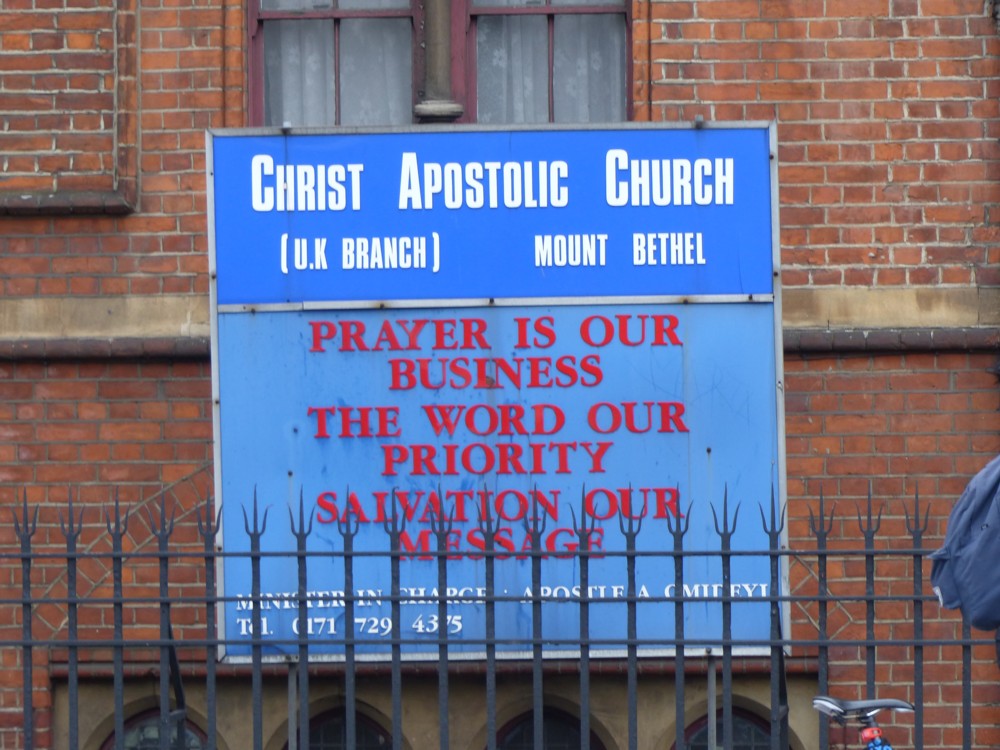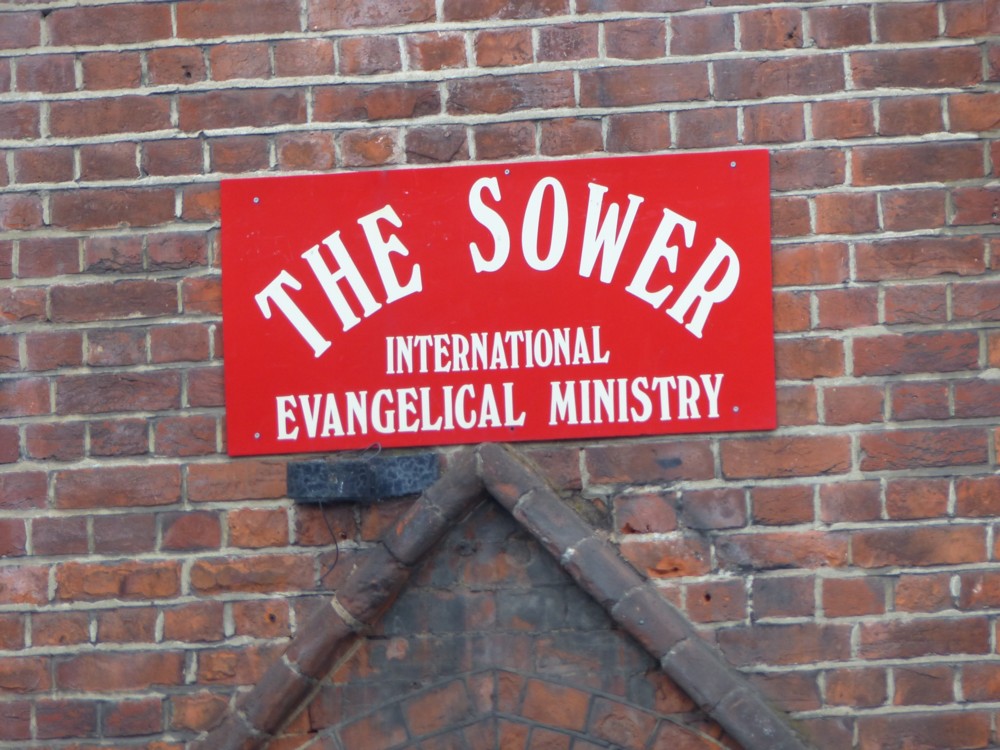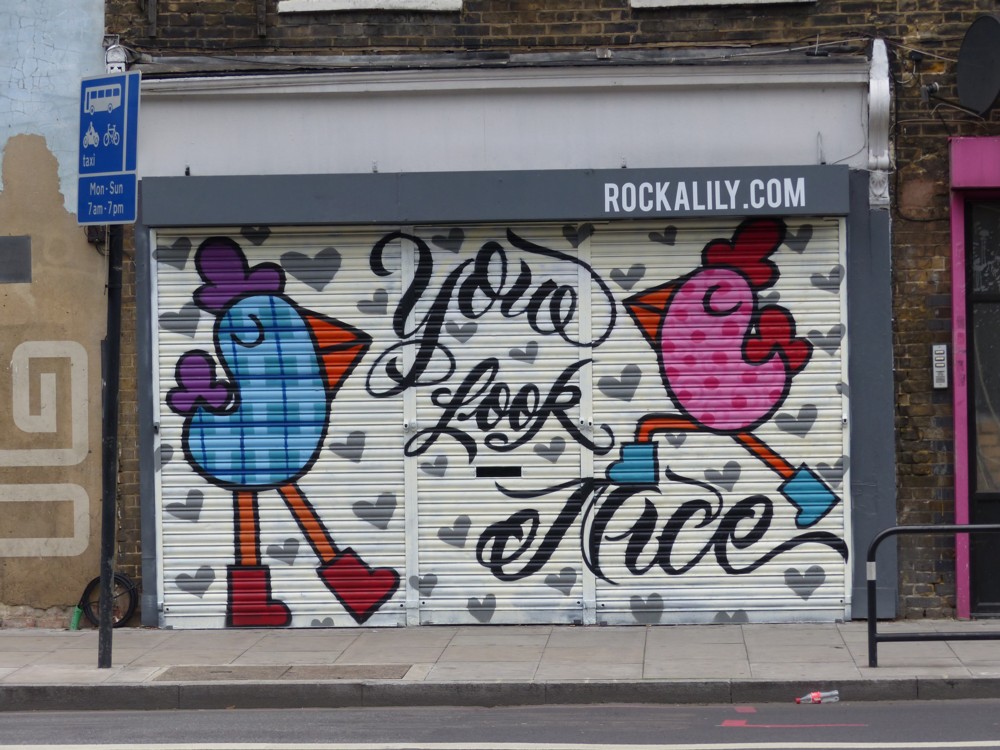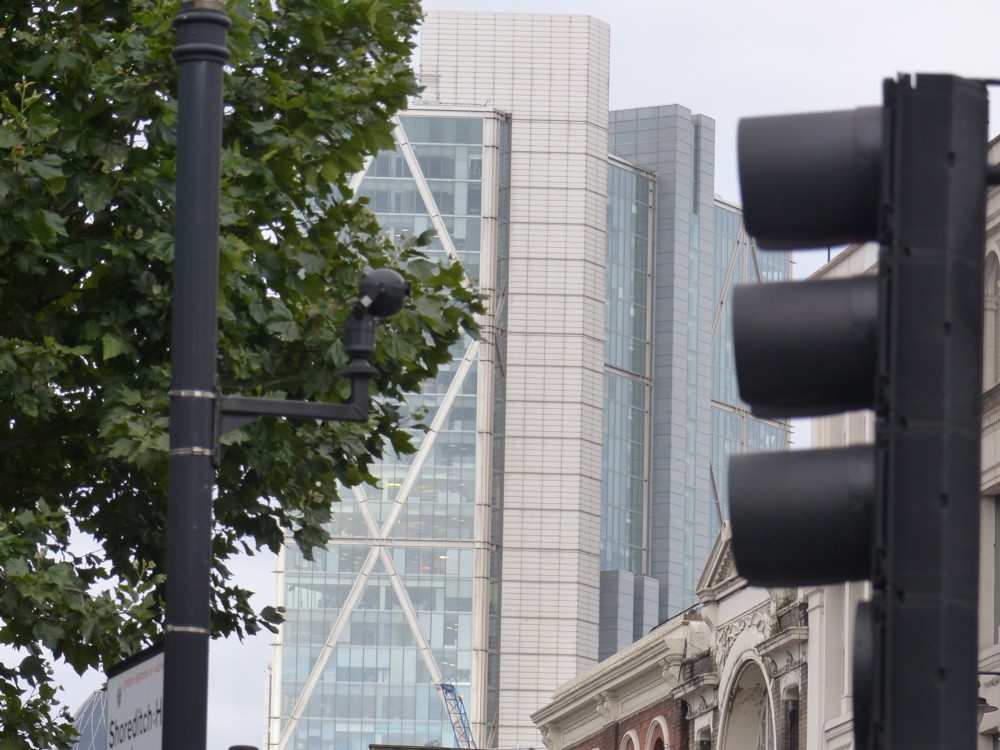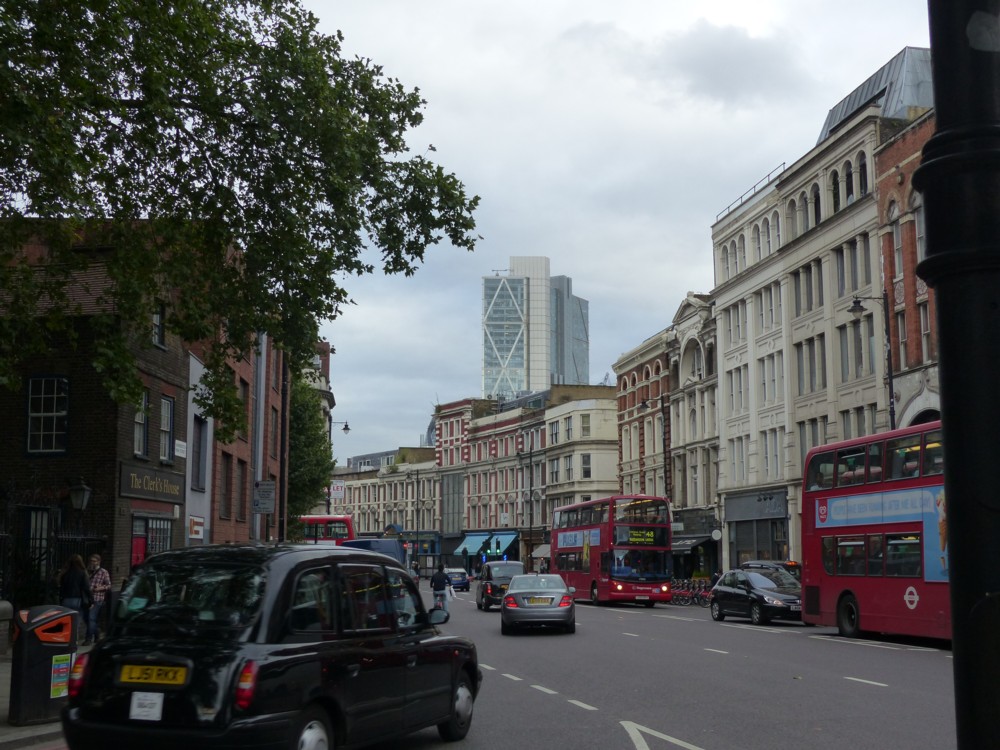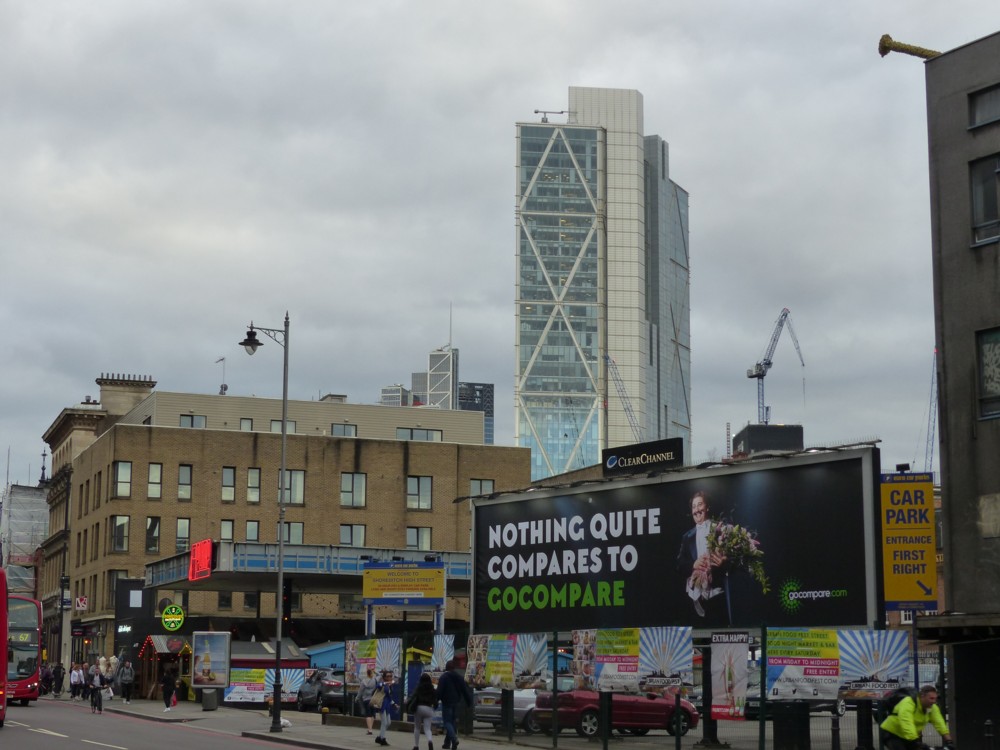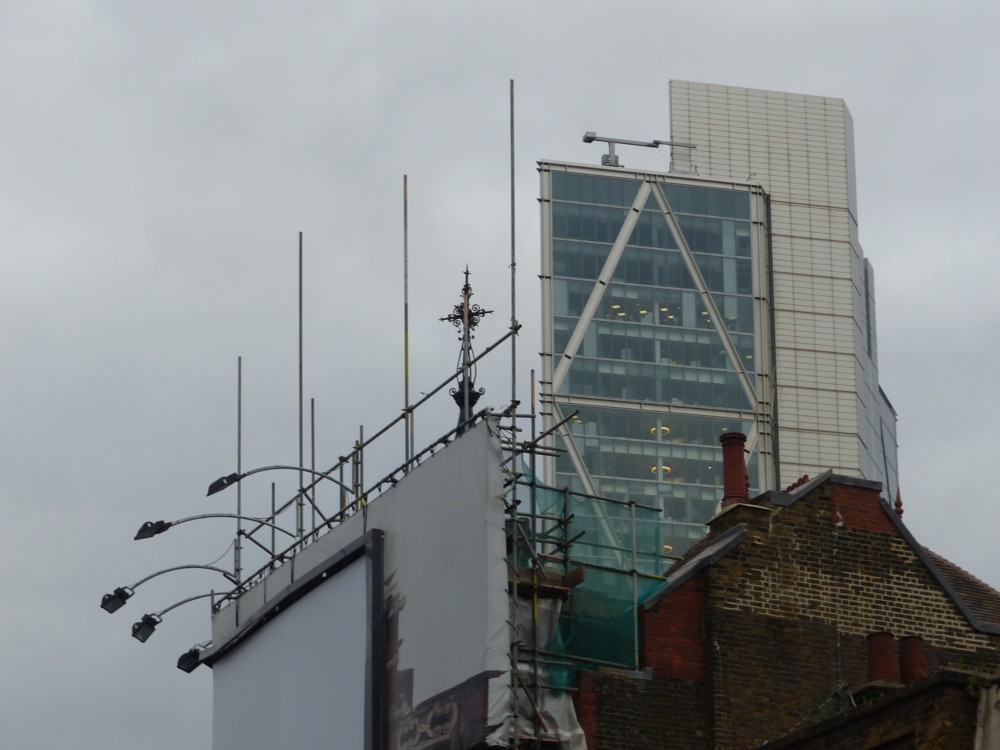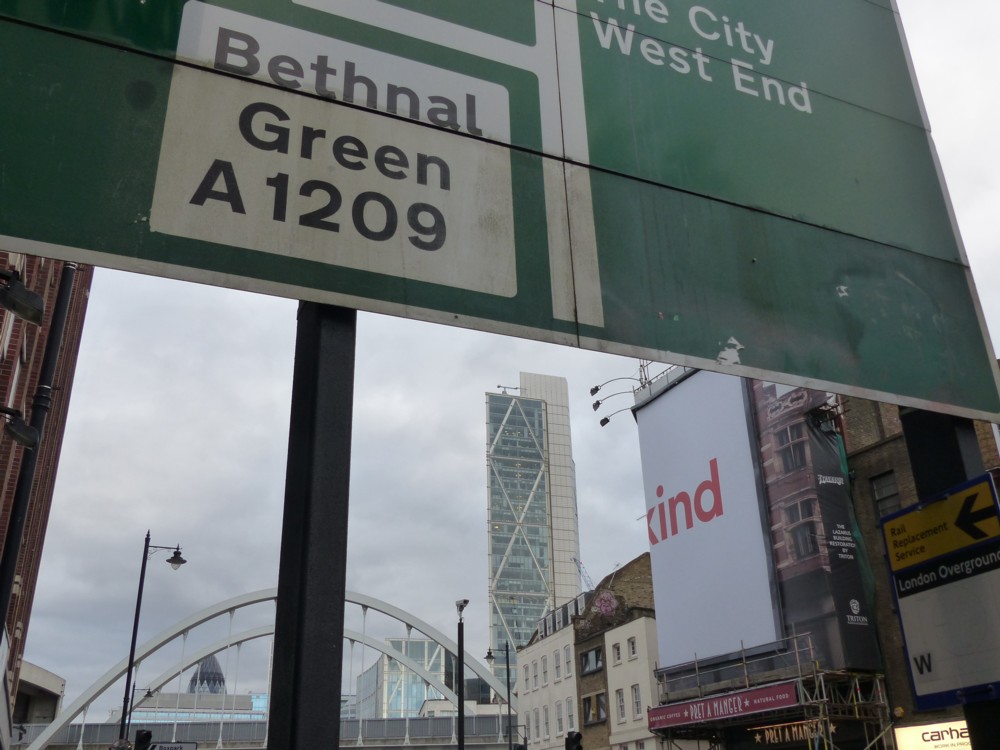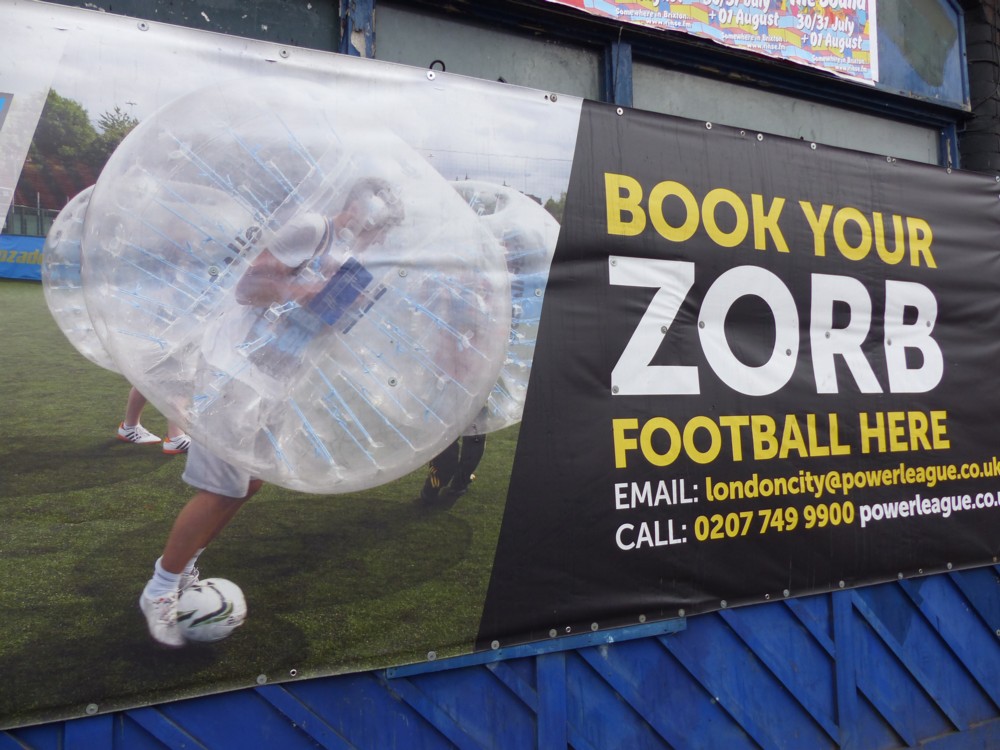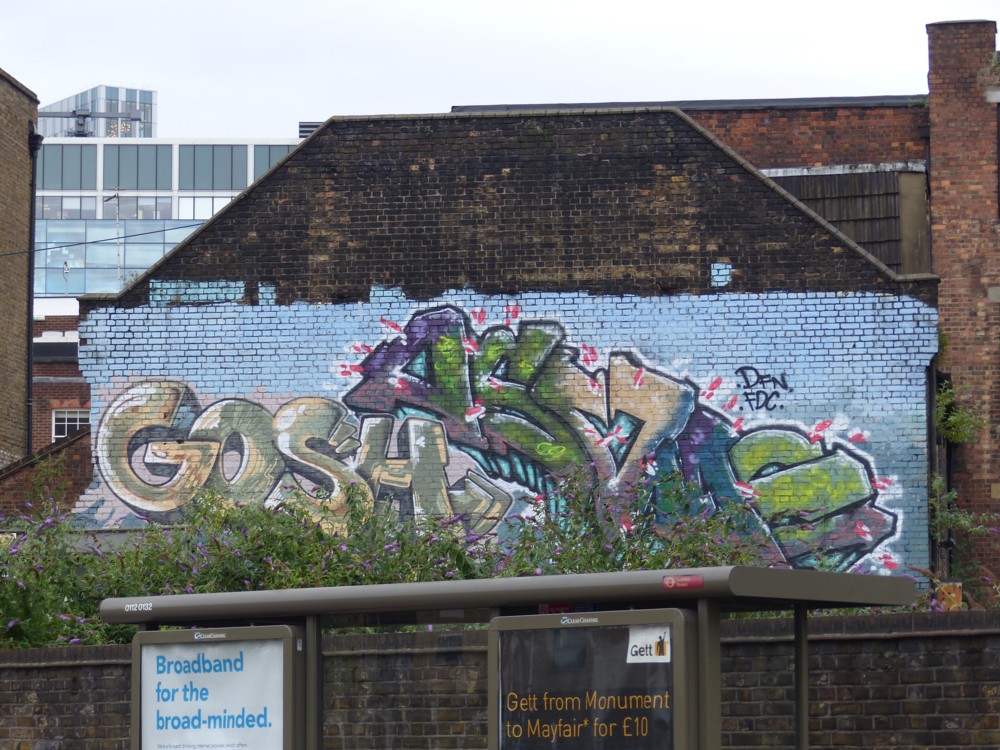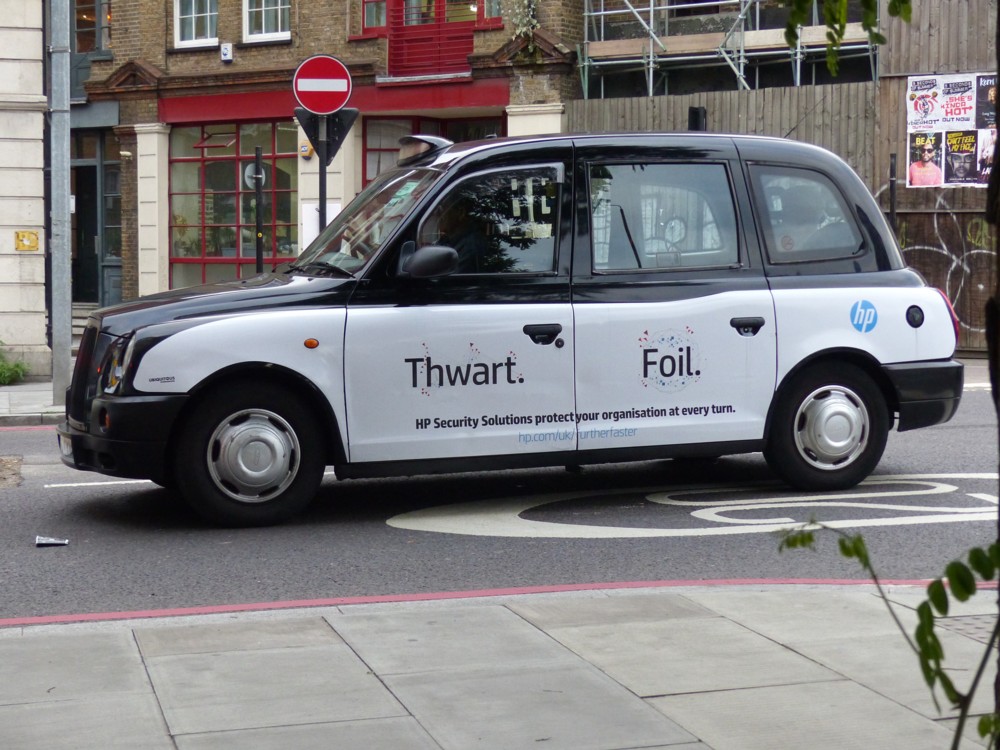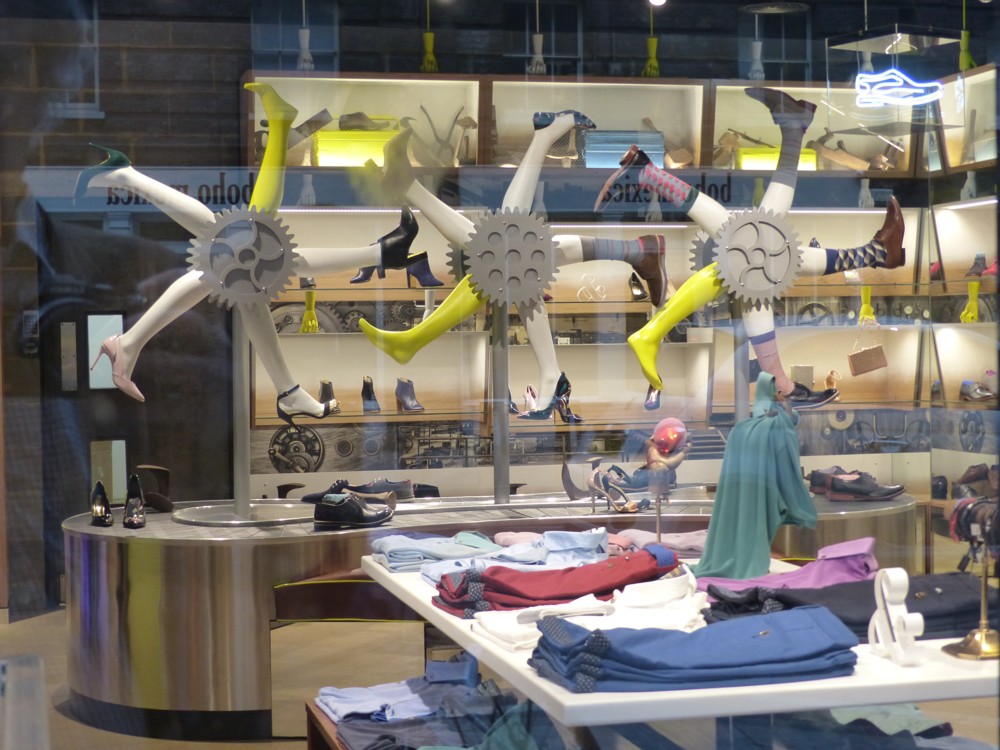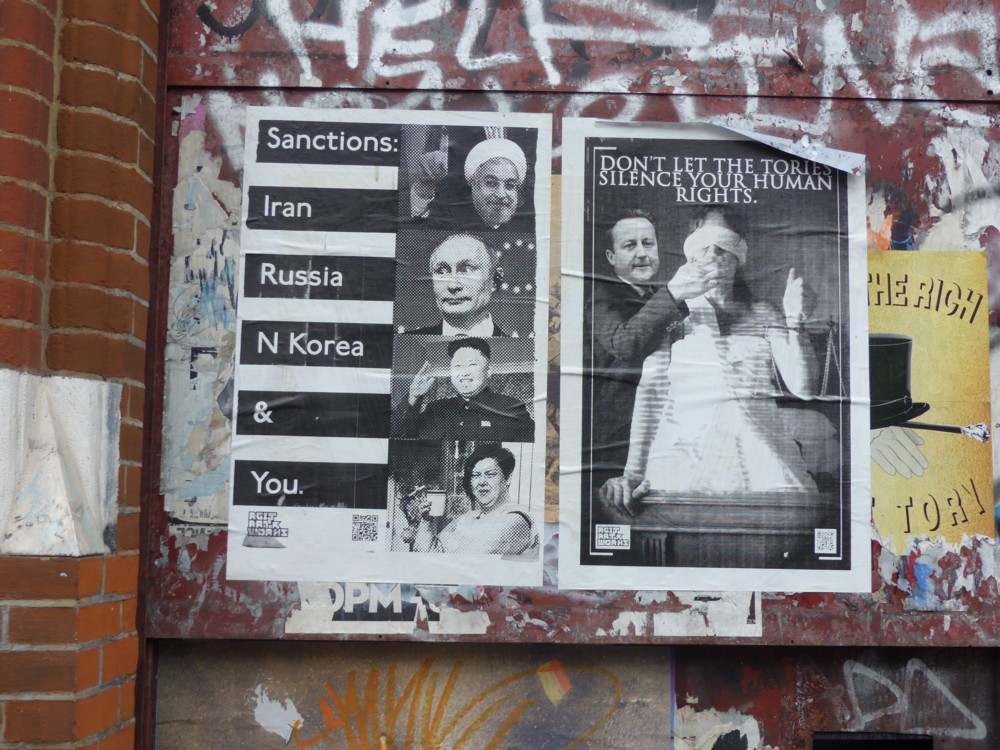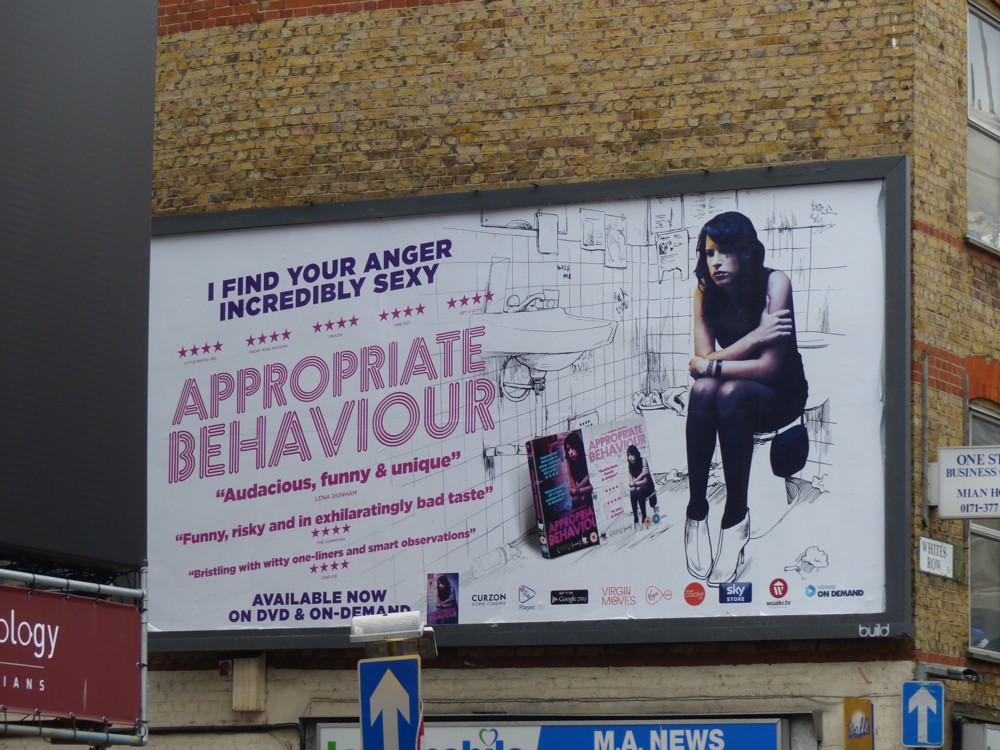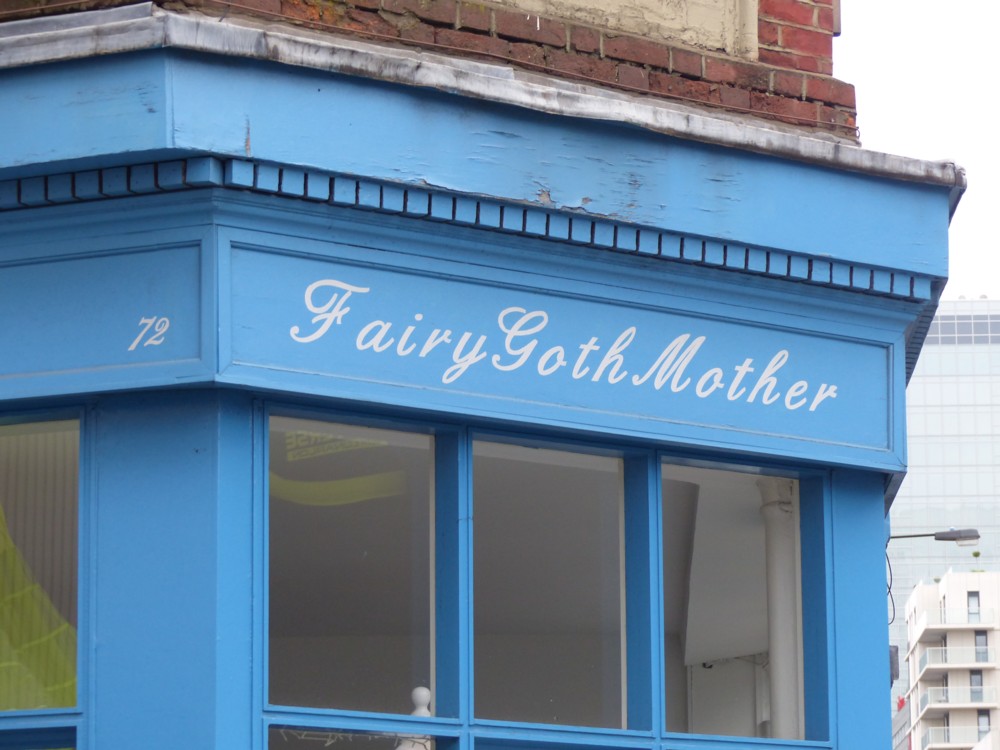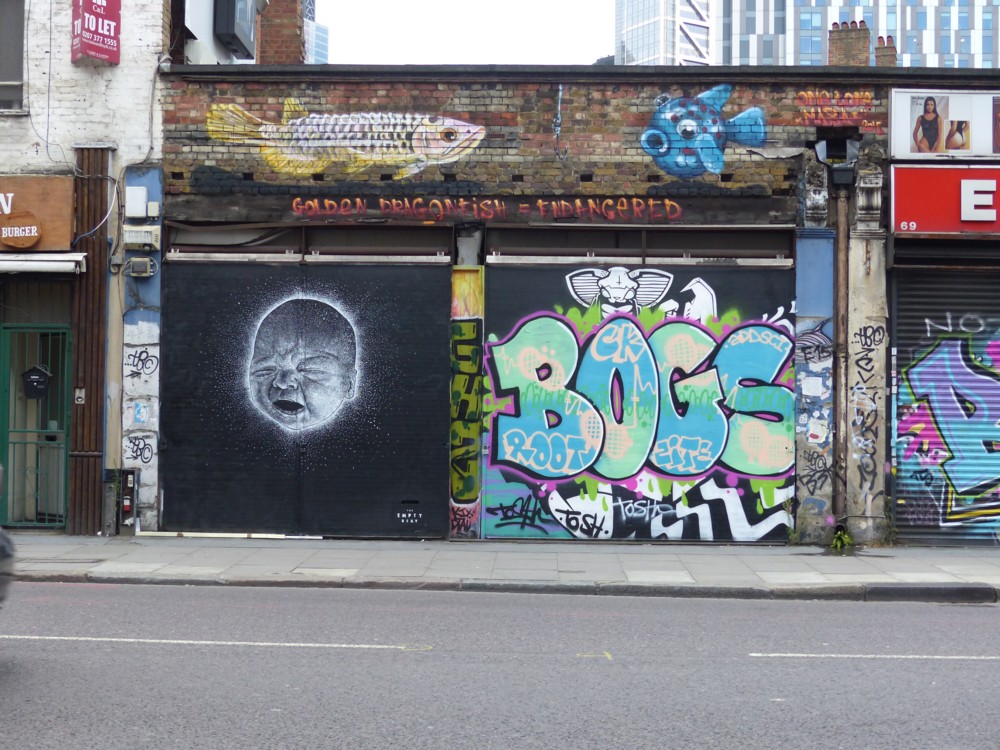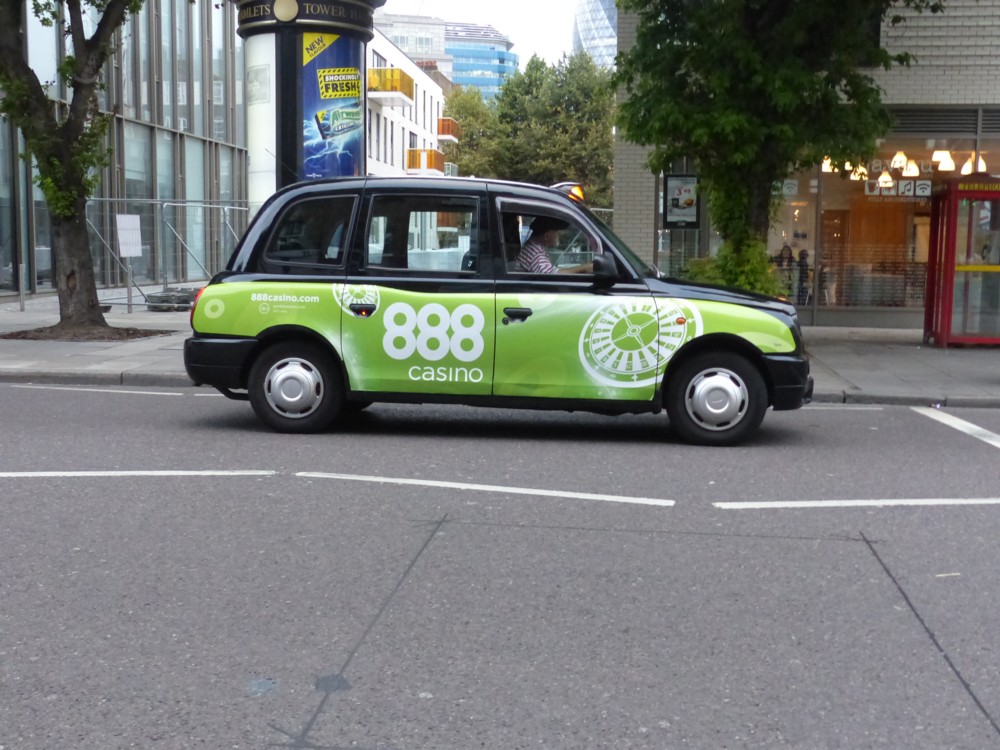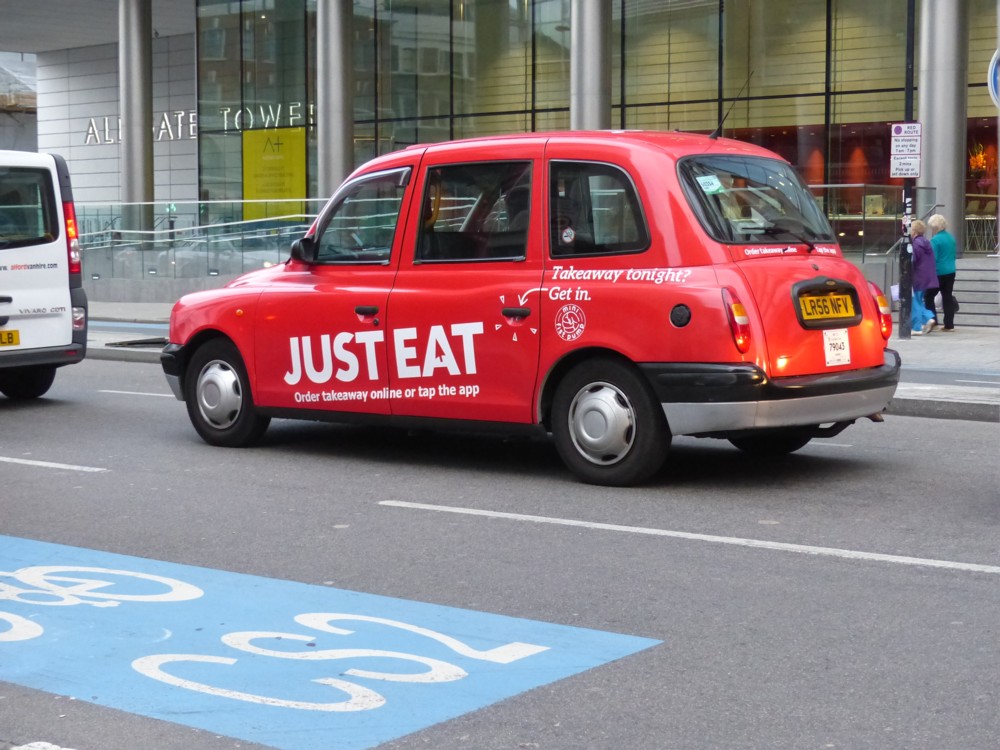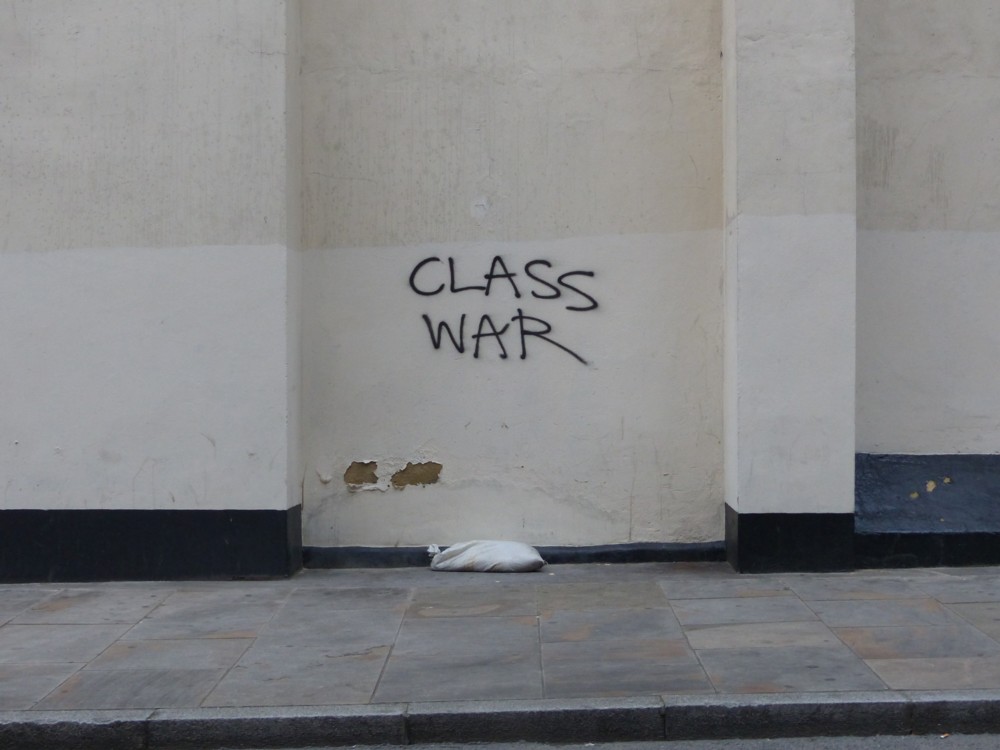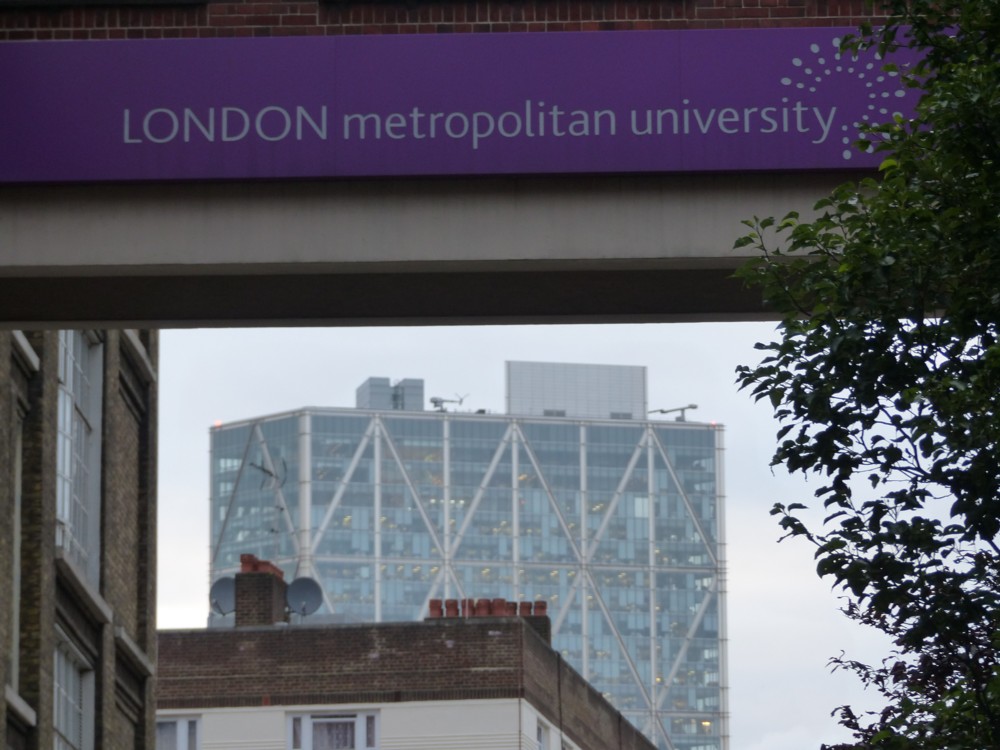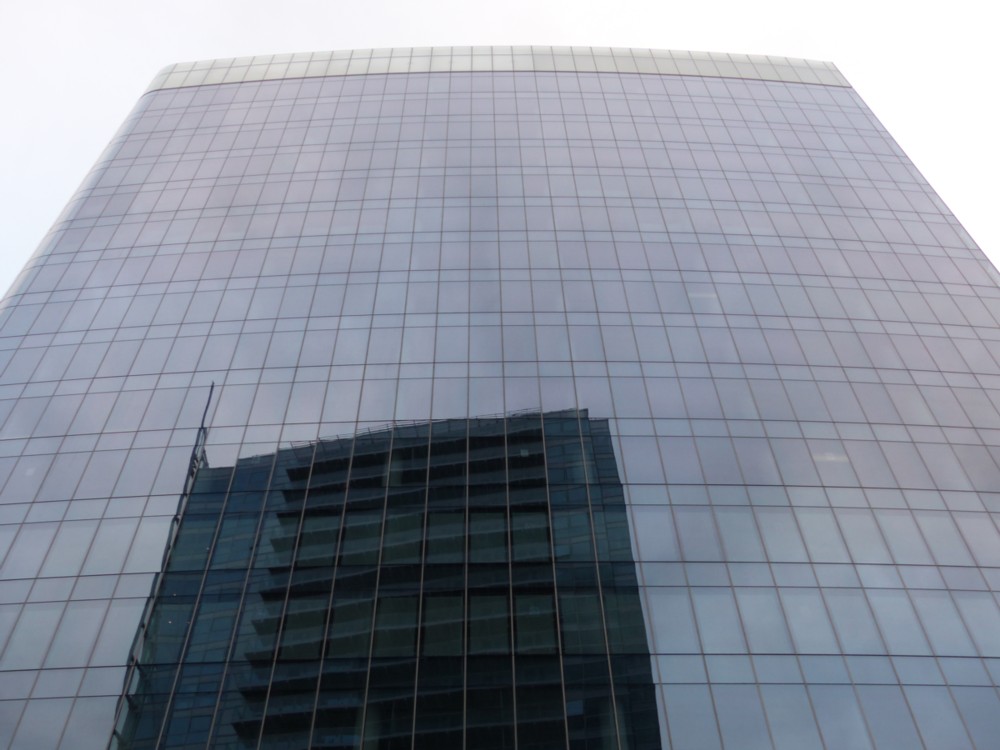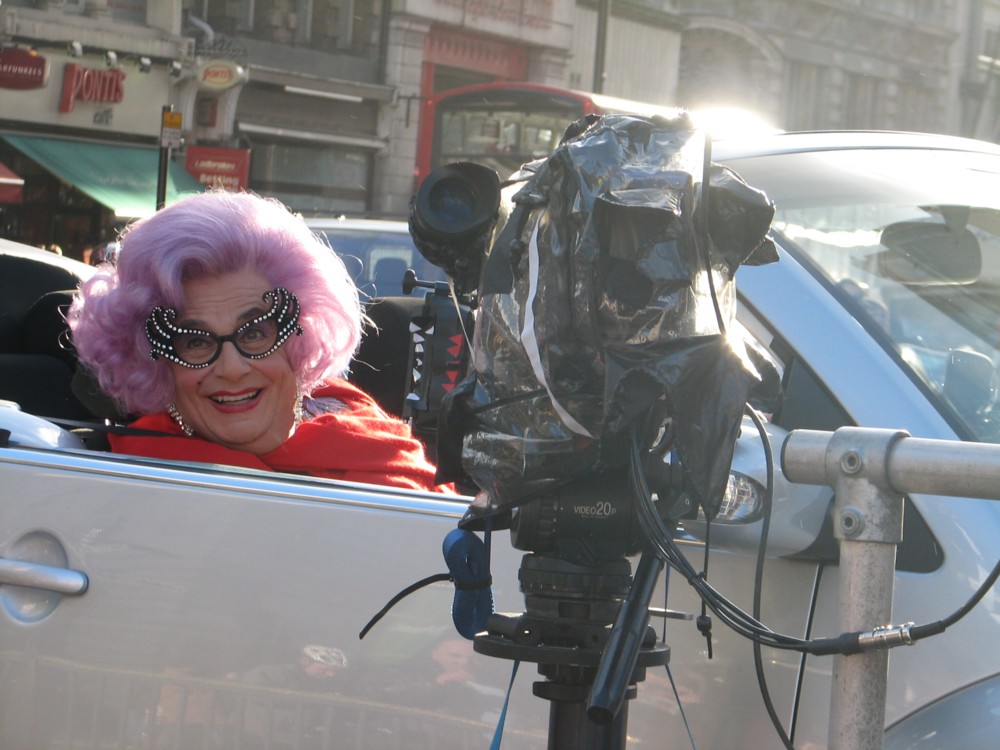Towers continue to soar upwards into the blue sky of London town:
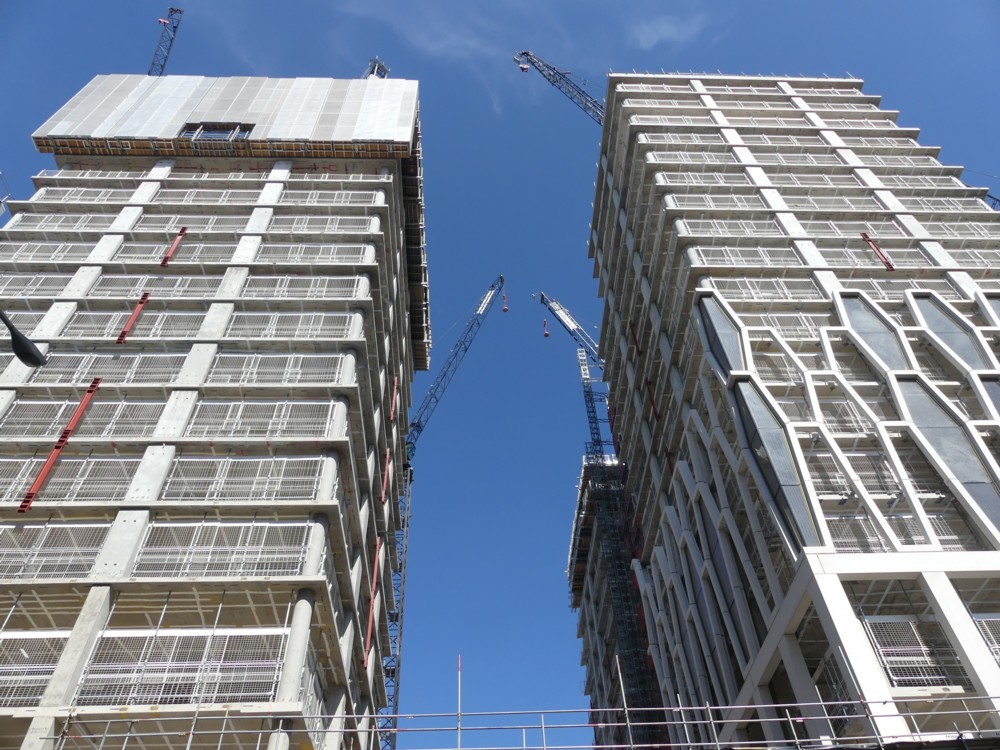
But now, with The Plague, Lockdown, social distancing, blah blah, do cities have a future? Does London have a future?
Here’s detail of the tower on the right in the above photo, photoed by me a few days later on a much gloomier day:
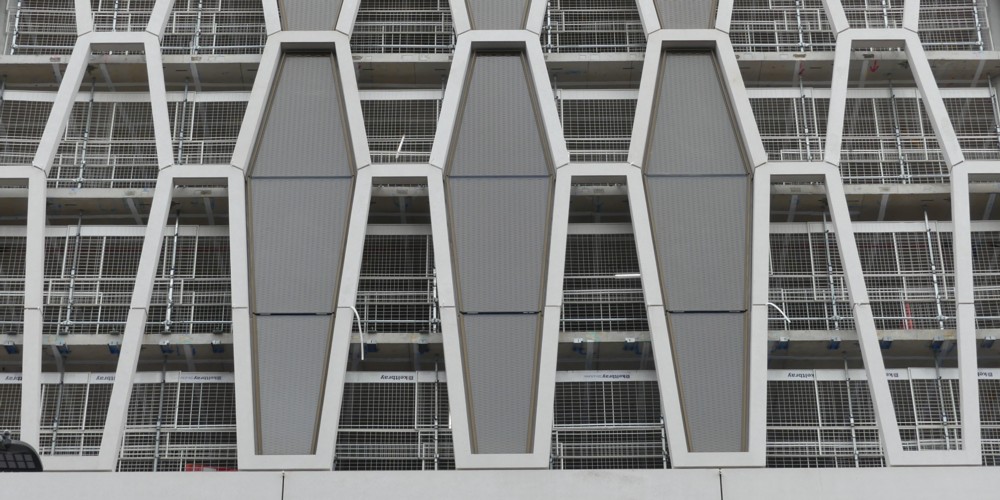
There’s no getting away from it. Those are coffins. Did the architect know something that the rest of us didn’t? Are urban apartments death sentences? Is the age of urban social communion about to die in front of our horrified eyes?
For my elderly generation, well, maybe, for a short while. But cities are not going to stop happening, merely because a few oldies have died of a cough that was worse than the usual sort. History may be all about lots of people dying, but mere life is lived and will continue to be lived by those who do not die. In the short run, it will be interesting to see if London takes any sort of visible hit from The Plague. Will we finally see a London skyline bereft of construction cranes, after the current crop of projects have been finished, on a we’ve-started-so-we’ll-finish basis? Will all those eastern European construction workers be packed off back home to the country towns and villages from whence they came?
Temporarily, maybe, although even this I doubt. Permanently, not a chance. The advantages of city life are too great, too abundant, too transformative, too agglomerative.
Actually, disaster is a tried-and-tested technique for urban regeneration. Consider The Blitz. So much of the current dynamism of London can be traced back to those stressful times. The Blitz destroyed. And, by destroying, it created new opportunities. Paris is only now starting to recover from not having been bombed.
I am old enough to remember the Notting Hill Riots of the late fifties. After a short period of post-riot economic downturn, during which all the timid oldies who lived in Notting Hill fled in terror, young and adventurous types moved in, and the place has never looked back. They even made a movie about how it had become the kind of place a super-glamorous movie star would unwind in on her days off, and become acquainted with Hugh Grant.
I predict, although I may not live to see it, that The Plague will have a similar impact upon London as a whole. Many oldies will die or flee to the suburbs, to the Cotswolds or to the West Indies. At which point the young and vigorous and risk-embracing, with plenty of viral resistance or resilience or whatever it is that you need to not die of The Plague and any subsequent variations, will take the place over. In about five or six years from now, London will be buzzing again, and in a whole new way. (Preliminary detailed prediction: more colour.)
I actually, very probably, will live to see the beginnings of this. I may even be able to summon up the energy to photo some of it.


